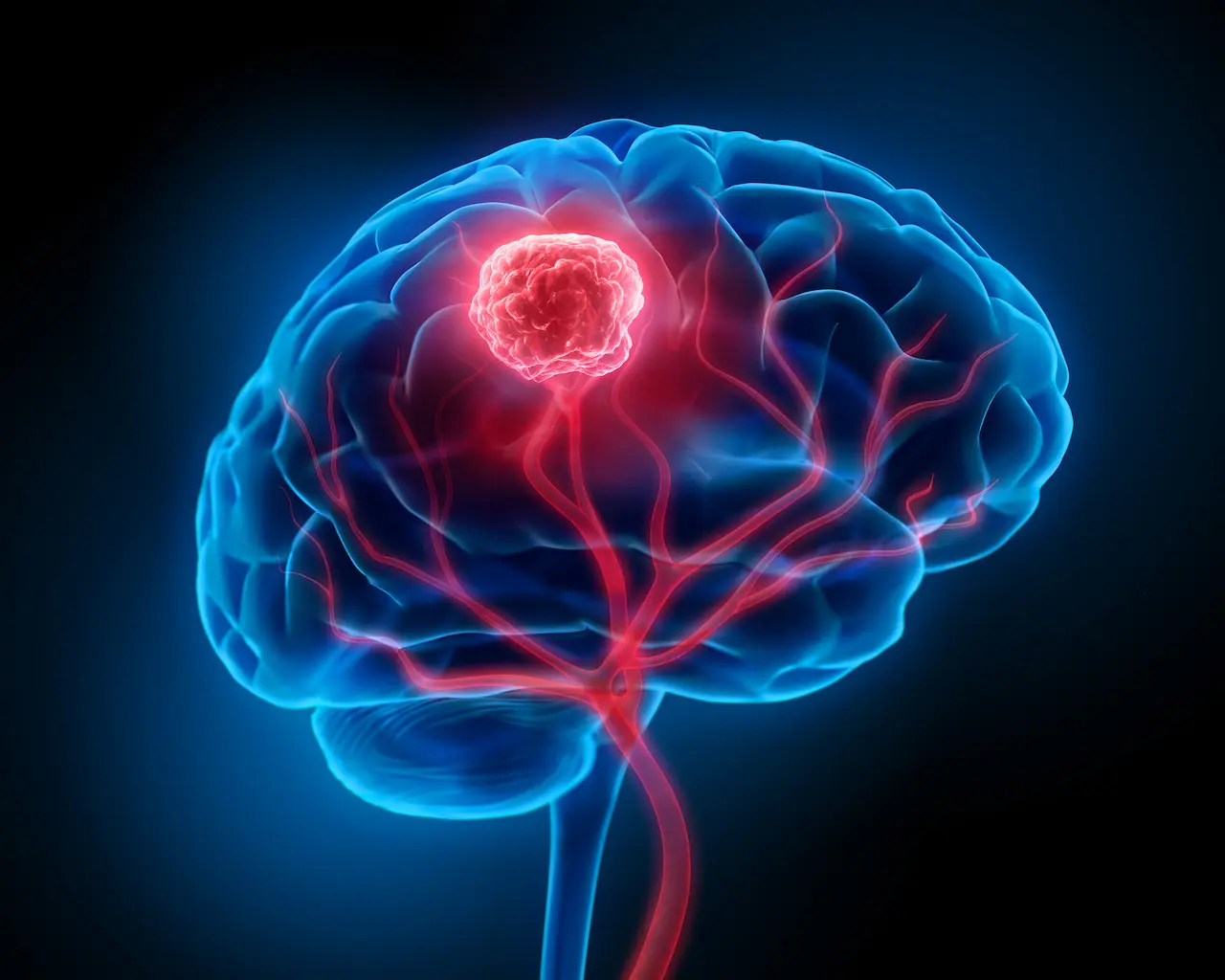Can Glioblastoma be Cured?
Sometimes
Treatment can be challenging due to the aggressive nature of glioblastomas; outcomes vary, and recurrence is common; ongoing research is focused on developing more effective treatments and improving overall survival

What is Glioblastoma?
Glioblastoma is an aggressive type of brain cancer that forms in the brain or spinal cord. Treatment involves surgery, radiation therapy, and chemotherapy, but it is often challenging to treat.

Clinical Aspects

Characteristics
Aggressive type of brain tumor that originates from glial cells

Symptoms
Headache, seizures, cognitive changes, motor deficits

Diagnosis
Imaging studies, biopsy

Prognosis
Variable, generally poor prognosis

Complications
Neurological decline, potential for complications
Etiology and Treatment

Causes
Exact cause unclear; genetic mutations, environmental factors, and radiation exposure may play a role

Treatments
Surgery, radiation therapy, chemotherapy

Prevention
Surgery, radiation therapy, chemotherapy
Public Health and Patient Perspectives

Epidemiology
Common, aggressive brain tumor

Patient Perspectives
Multidisciplinary care for optimal outcomes
This information aims to provide a general understanding of the subject matter, but individual circumstances can vary significantly. Please remember to consult with healthcare professionals for personalized advice and guidance.
Share: